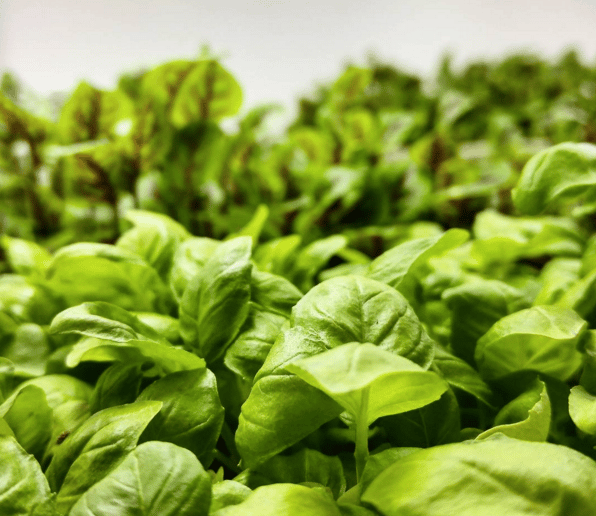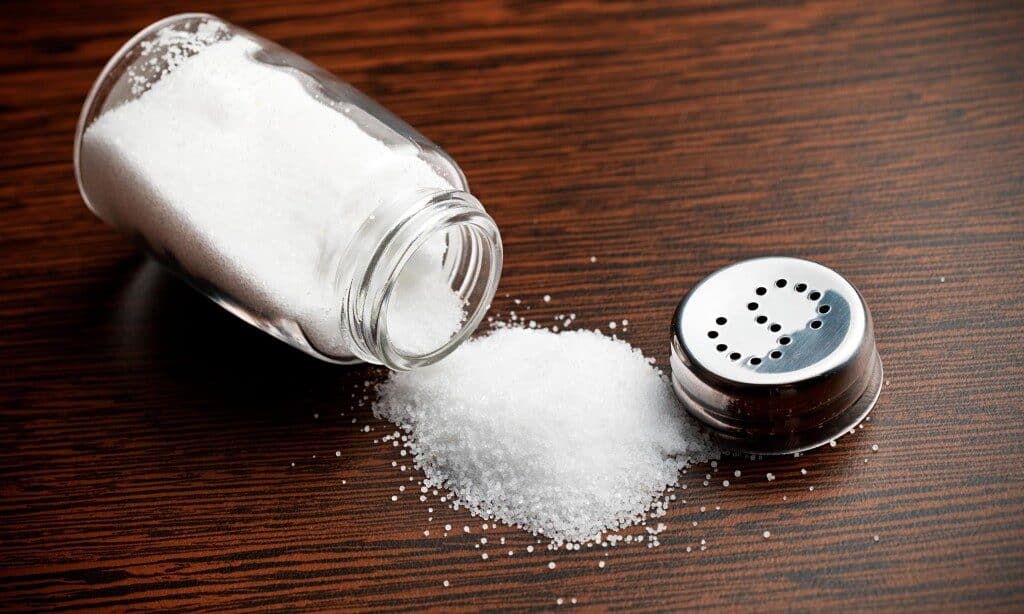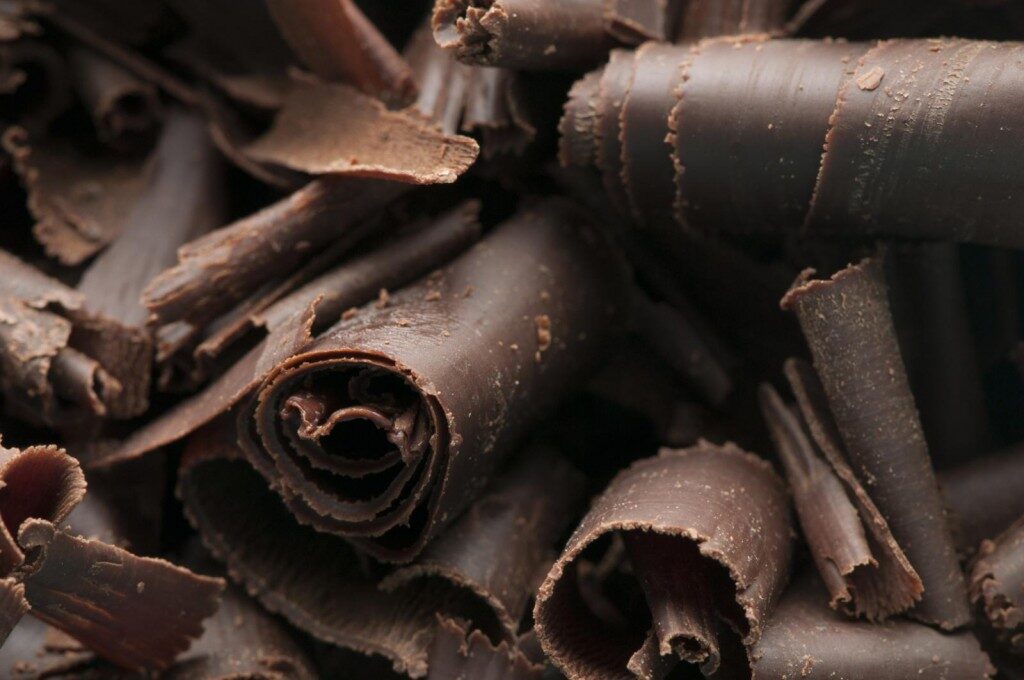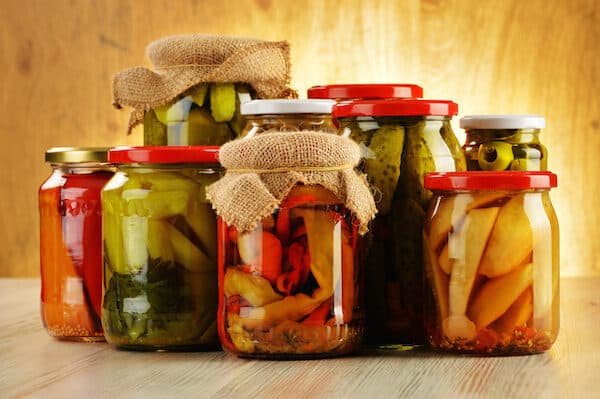
Health & Nutrition
28 Aug More Herbs, Less Salt
Saturday, August 29 is "More Herbs, Less Salt Day." It may sound silly, but it's actually a great time to reassess how much salt you're putting into your body. Salt isn't necessarily bad for you, but as with anything else, too much of it can lead negative consequences, like bloating due to water retention, hypertension, and heart disease. A clever way to use less salt is to use more herbs. This way, you won't sacrifice flavor blandness; instead, you might come out ahead with even tastier dishes! Here's how you can use more herbs and less salt.31 Mar "[Plant] Protein is the New Black"
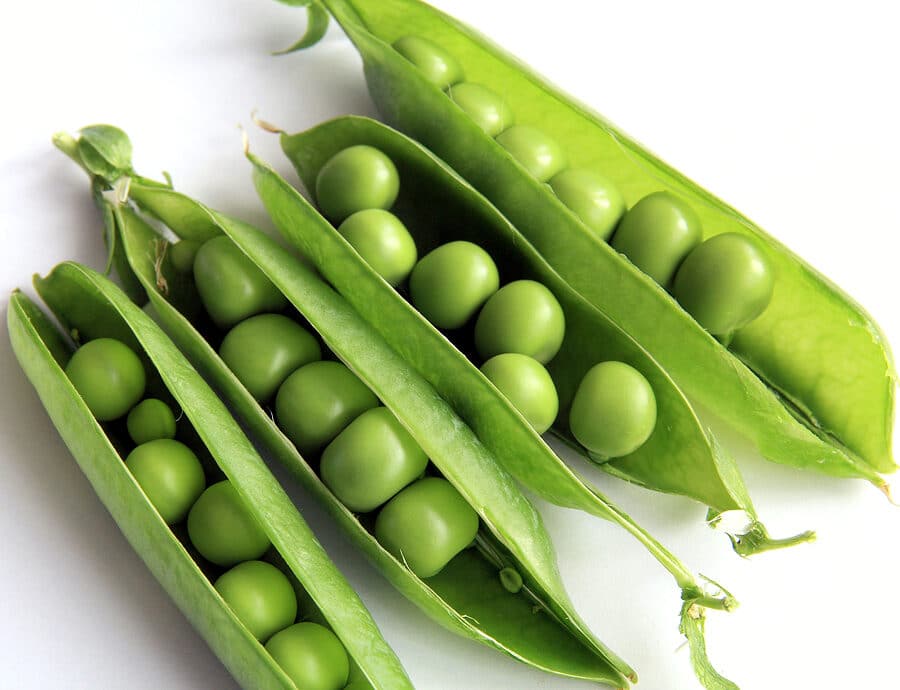
20 Mar Got Allergies? Bee Pollen Might Be Your Solution.
Everything from raw honey to honeycombs have been widely accepted as containing incredible health benefits, but it looks like the bee's influence doesn't just stop there. Enter the latest craze: bee pollen. When honeybees collect pollen, flying from flower to flower, some adhere to their hind legs as well as their secrete a thoraxes. These efficient workers then pack the pollen into granules, and carry them two at a time back to the hives to feed to their young.20 Jan The Ugliest Foods That Are Actually Good For You
We've all turned up our noses away from some ugly looking foods before. It is true what they say: food is a feast for the eyes, as well as the palate. If it's ugly, you're less inclined to eat it. Unfortunately, though, there are a lot of foods that are less-than-appealing, but ultimately, very, very good for you. Like they say, you can't judge a book by its cover, right? Here are some of the ugliest foods that are actually good for you.16 Jan Why You Should Have Açaí Bowls For Breakfast

13 Jan Improve Your Mood With These Foods
Eating poorly can drastically affect your mood. You might notice that when you are bingeing on processed and fried foods; you become more sluggish and get tired easily. If you're sick and tired of being sick and tired, then it's time to cut the crap—literally. Substitute your diet with some key foods, and you'll be feeling better in no time. Here are some foods that will improve your mood.02 Jan 10 Ways to Help You Eat Better in 2015


